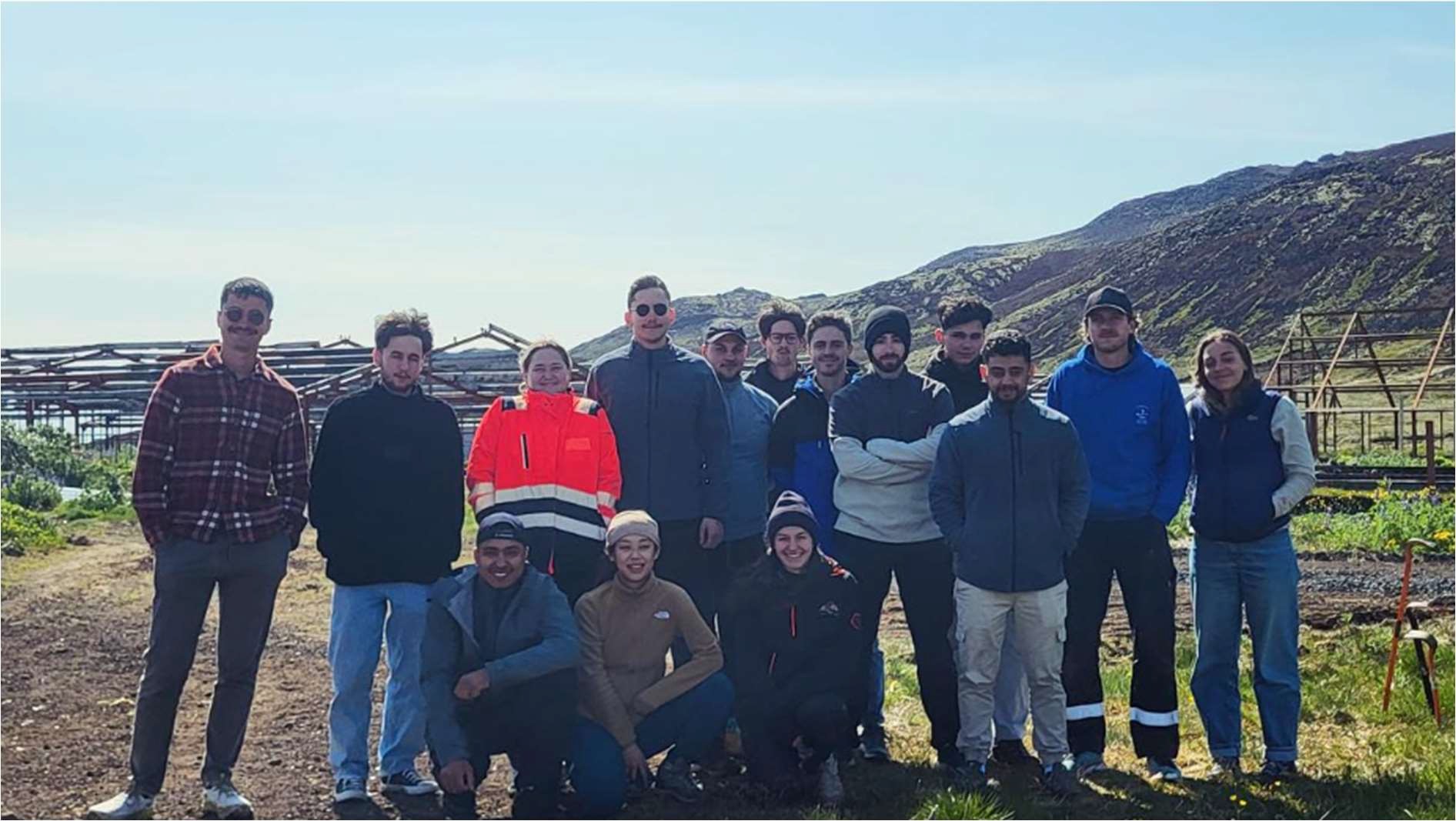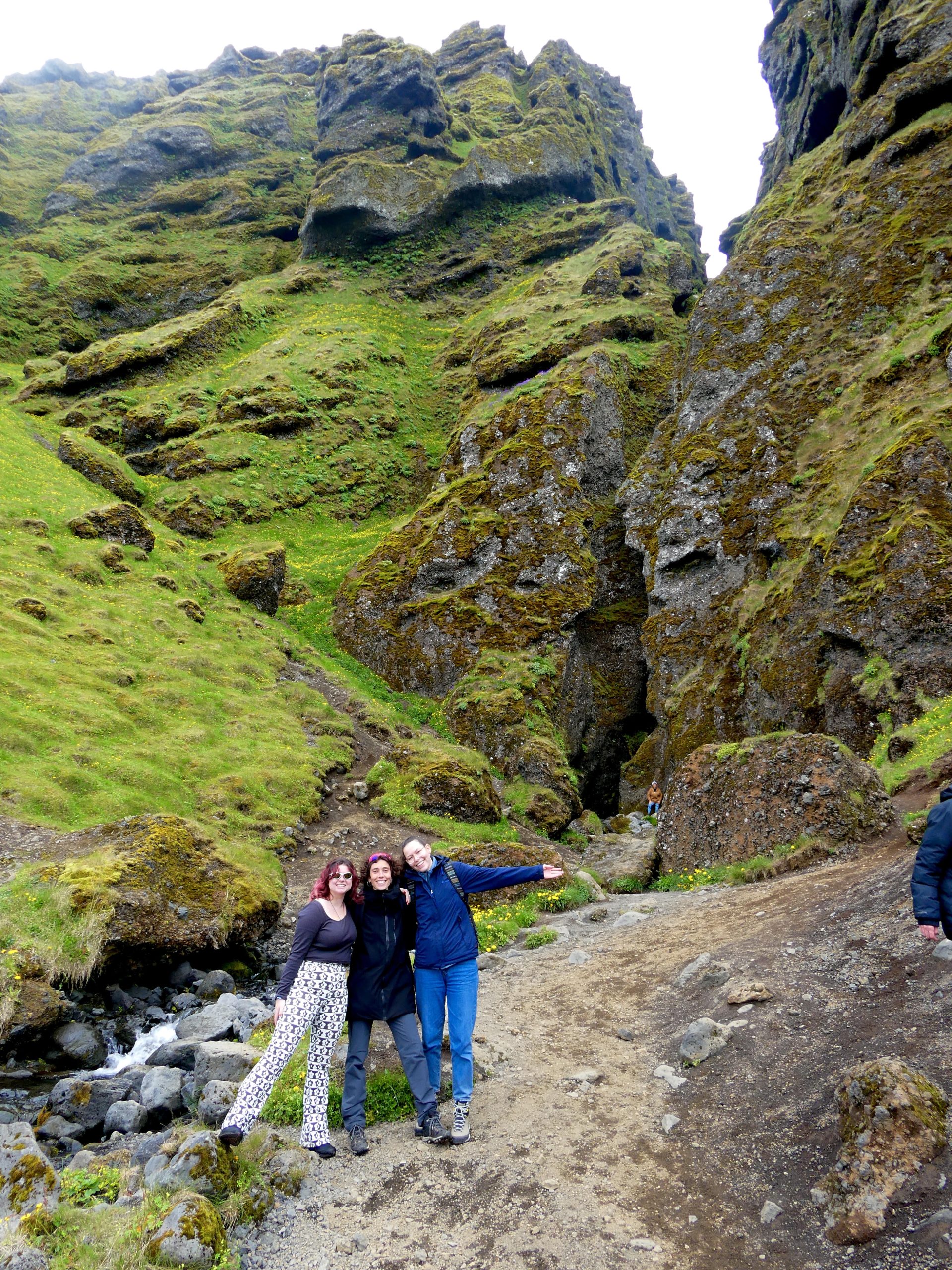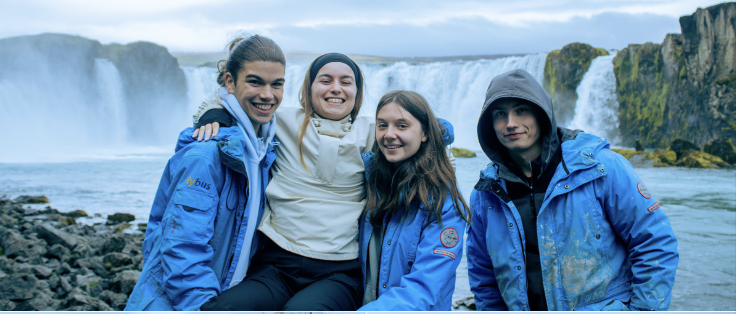It seems that sales and new styles hit the stores every other week. You hardly ever really notice it, but the constant coming and going of new clothing items in most of your favorite shops are a result of the fast fashion industry.
Fast fashion is when designs from catwalks are quickly moved through the fashion industry and end up as cheap items in retail stores. The new inventory coming into stores reflect the top current seasonal trends. We have access to many fast fashion clothes cheaply. Fast fashion companies like ZARA, H&M, and UNIQLO and so on, are all around us.
However, purchasing from fast fashion companies leads to other environmental, economic, and social consequences. Western societies are benefiting from this industry at the cost of developing nations.
Fast fashion is not only quick to hit the stores, but quick to end up in the trash bin as well. These products lack quality, and come apart quite easily. But big corporations still manage to find workers in developing countries to produce garments at a cheap price and sell it to maximize their profits.
Unfortunately, people in these developing nations have no other choice but to participate in the fast fashion industry in order to support themselves and their families. They are made to work for several hours a day in poor working conditions, some leading to deadly accidents.
With garments being made at such a fast rate, there is much more waste being produced. More cotton is needed as well, and many farmers resort to using harmful pesticides that negatively impact their health.
BUT, WHY DO WE PRODUCE AND CONSUME SO MUCH SO FAST?
There are two main reasons: accessibility and novelty.
We do not mind throwing away clothes because we can buy new clothes so cheaply. These clothing items are produced at such a rapid rate, and purchasing said items give people immediate satisfaction. This positive feeling encourages frequent purchases.
Frequently purchasing from these companies only encourages these companies to continue their business practices as is, leading to no change. If consumers begin to shift their interests elsewhere, corporations will need to adapt to keep their customers. Purchasing from more sustainable, ethical, and transparent brands can reduce your environmental impact and improve the livelihoods of those who produce your clothes.
These brands are considered slow fashion. Slow fashion is an awareness and approach to fashion, which considers the processes and resources required to make clothing, particularly focusing on sustainability.
Some characteristics of a Slow Fashion brand include:
- High quality, sustainable materials
- Local business rather than huge chain enterprises
- Locally sourced
- Few specific styles per collection
Visiting second-hand shops are also a great way to practice slow fashion. Their products are eco- friendly because they are recycled products. They have gently used items that are sold at a low price. Since these items are also local, it reduces the need of any transportation needed to get these products from their origin to the store.
Reykjavík has its own flea market – Kolaportið – that sells second-hand items. These products include the famous Icelandic sweaters. These sweaters are the ideal local eco-friendly garment since it is produced in the country and hand- knitted. Here, they are sold at a cheaper price than anywhere else in the city. Loft hostel in downtown Reykjavík also has a pop- up secondhand shop. These garments and accessories have origins from all over the world, reflecting the guests of the hostel.
If you demand high sustainable and ethical standards, slow fashion will become in demand, leaving fast fashion practices in the past. Big corporations have so much power to improve the Livelihoods of others and reduce waste dramatically, but so do you as a consumer. Be a conscious consumer with your next purchase and encourage your friends to give it a try.
BY RENA AOKI & MONICA PORTILLO






